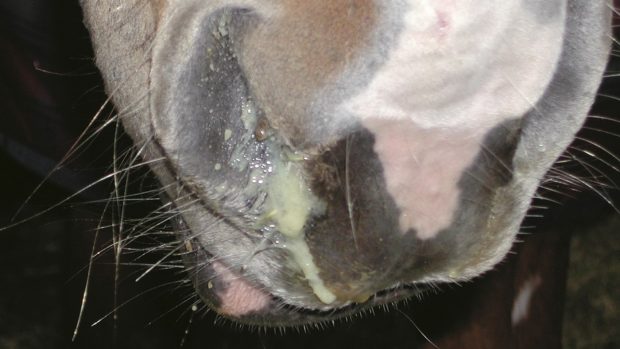The European Union approved a new regulation to improve the welfare of animals during transport on Monday (22 November), but refused to set limits on journey times and stock densities.
The Council of Agricultural Ministers voted in favour of a Dutch proposal, which introduces tighter rules on livestock transport across the EU, especially during long-distance journeys. The Regulation, which will replace the existing Directive on Animal Transport early in 2007, clearly identifies who is responsible for animal welfare at every stage of the journey and requires handlers to receive appropriate training.
Transport vehicles will have to be equipped with mechanical ventilation, watering facilities, temperature monitors, and an alarm system to alert drivers. A database will record every approved vehicle. Transporters will also be required to keep a journey log during long-distance journeys and will risk having their authorisation withdrawn if they break the regulation.
“One of the biggest problems of the [current] Directive was enforcement. The Regulation is a great step ahead in terms of enforcement with satellite navigation, journey logs, and especially because it identifies who is responsible for what,” says Jo White, who is Head of Political and European affairs at the International League for the Protection of Horses (ILPH). “Our major focus now is to ensure that the interpretation of these improvements is very strict.”
The new rules also ban long-distance transport of unbroken horses and require horses travelling for longer than eight hours to stand in individual stalls.
“One of the problems we have now is that horses travel in mixed groups and what you see is a lot of fighting, injuries and collapse,” says White. “The introduction of partitions should really make a difference.”
However, the regulation falls somewhat short of initial expectations because it fails to reduce journey times and livestock stocking densities, which animal rights activists have vocally demanded over the last few years. Instead, it simply includes a generic commitment to review times and space allowances four years after the bill becomes law.
“Member states have agreed to put journey times and space allowances on the backburner for at least four years because they are deemed to be too controversial. That is extremely disappointing,” says Dr Julia Wrathall of the RSPCA.
But a previous negotiation had collapsed over journey times and stocking densities in April and there was a concrete risk the Regulation would fail again unless it underplayed these issues.
“We thought we were going to lose all the improvements because member states did not agree. The lot would have gone if this compromise hadn’t been reached,” says a pragmatic White. “We will still be campaigning to limit journey times and, ultimately, have a carcase-only trade, but from our point of view this is a big victory.”
Her words are echoed by EU Commissioner for Health and Consumer Protection, Markos Kyprianou. “My ambition would have been to reduce travelling times and stocking densities further, but member states remain deeply split on this,” he says. “[However] I welcome today’s political agreement on new rules which will make it easier to enforce higher standards of welfare in animal transport. The Regulation will also define who is responsible for what and when, which will help enormously in ensuring that the rules are properly enforced.”
Denmark, which had campaigned hard for the introduction of shorter travelling times, voted against the regulation, while the UK voted in favour.




